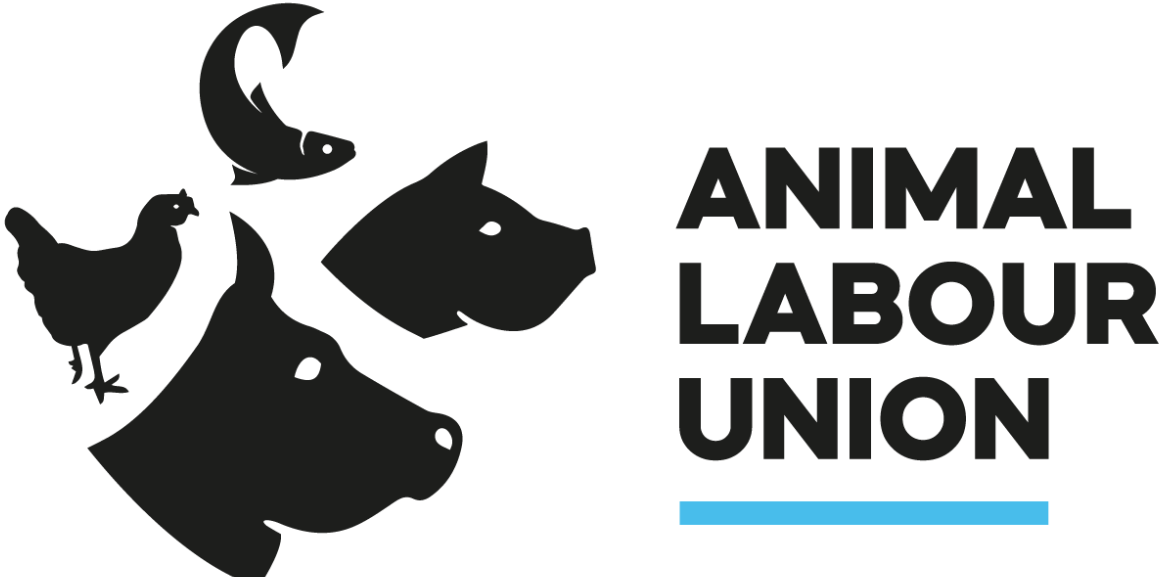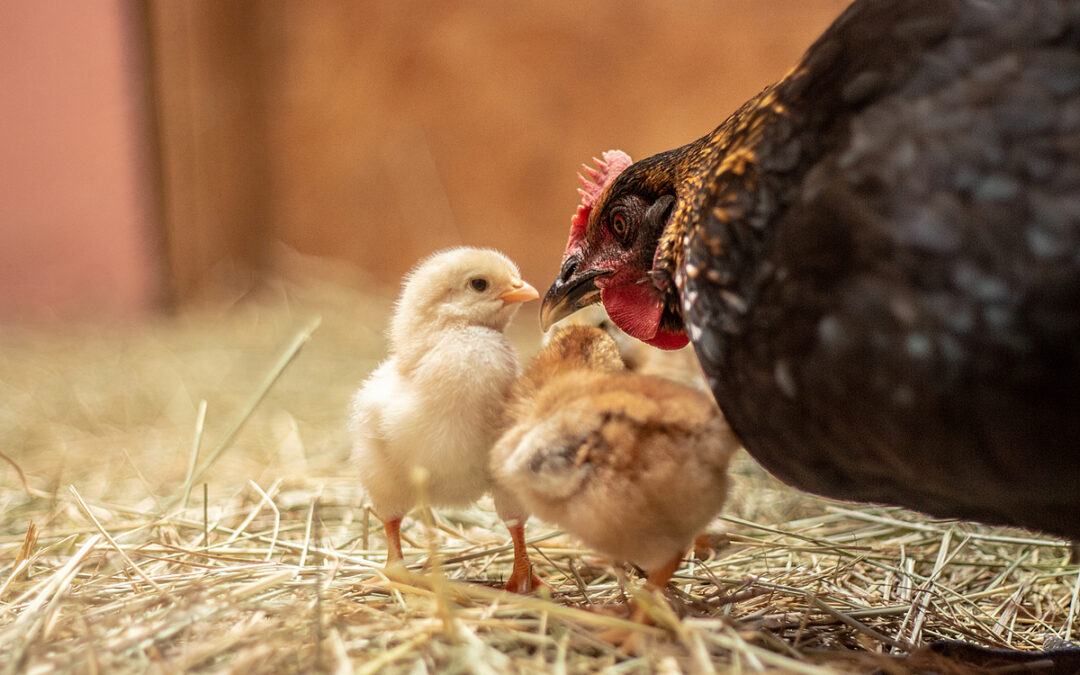A Happy Chicken
When I open the garden gate in the morning, they come running towards me. Exactly like the cartoon chickens from *Chicken Run*. Wings slightly bent backward, beaks forward, and little legs moving quickly in a trot. The streamlined shape makes for a cheerful sight. Just before they reach me, they all hit the brakes so they can look at me from a safe distance with questioning eyes: “What treats has she brought?” I can hear their excitement in the sounds they make. Breakfast is on its way.
In my garden, there are seven white chickens. Laying hens, who are usually sent to the slaughterhouse after 18 months of hard work, are given a second chance through the organisation Redeenlegkip.nl. They get to retire. Chickens who have never been outside, are now basking in the sunlight for the first time. They don’t need anyone to tell them how delightful a dust bath is. They scratch the ground for worms and insects using the same technique: scratching away the leaves with their feet, then carefully looking around, and with their beaks, they pull up whatever they fancy from the earth. No one has to teach them this; they’ve known for centuries how to behave in a garden or forest to survive. These are happy chickens.
“Happy chickens can be recognised by their clucking,” was recently printed in the newspaper. People can tell if chickens are happy based on the sounds they make. It was presented as a scientific discovery. This research shows that people, even without any prior training, can hear if chickens are content by the sounds they make. But as early as 1987, researcher Collias wrote about chicken sounds: “To the human ear, the cries of frightened chickens sound louder and more worried, while the sounds of pleasure are pleasant and of lower intensity.” So, the recent findings were already established forty years ago. And are heard every day in my garden.
Collias studied the red junglefowl, the ancestor of the domesticated chicken. In a zoo, recording equipment and cameras captured the experiences of a group of 15 to 20 chickens. All the major events in the chickens’ lives were documented. The birth of chicks, who immediately know who their mother is and have already communicated with her while still in the egg. Hens telling each other where to find food. Roosters using a specific warning call to alert the rest of the group to danger. That call indicates whether the threat is from a bird of prey or, for example, a fox. When danger comes from the air, you must act differently than when it comes from the ground. And a chicken, despite the warning, being caught by a hawk, makes a very different sound than when pecked by a fellow chicken. Fear and pain are two very different emotions and are vocalised differently. Darwin noticed this back in 1872, when he wrote that animals express their emotional state through sounds.
The contrast between the life of the junglefowl and that of the conventional production chicken is enormous. A broiler chicken lives only a few weeks, has never met its mother, and hasn’t even reached puberty before it is sent to slaughter. The laying hen lives longer but, with the exception of organic hens, never sees a rooster. Stress and pain due to overcrowding in the barn, however, are quite common. The appearance of these animals in our factory farms has also drifted further from the junglefowl. The domesticated chicken has been selectively bred into slow-growing broilers, high-producing laying hens, dual-purpose chickens, parent and grandparent stock, and, of course, hobby chickens in all shapes, colours, and sizes.
But despite the external changes and differing living conditions, the essence of the production chicken remains the same as its ancestor, the junglefowl. The 24 sounds that Collias documented can still be heard in all chickens.
In my garden, I mainly hear calm, pleasant sounds. No shouting from dominant males, because they are absent. No expressions of danger because the chickens haven’t yet been discovered by predators. Just chatting with each other while foraging. Warm, low sounds of contentment. Collias calls this ‘close’ communication. He describes how, in content chickens, these sounds eventually change into a form of singing. A light melodic tone, which I also hear my chickens make.
Current research into the sounds of chickens in factory farms focuses on sounds of pain, stress, and fear. These sounds are loud, high-pitched, and can easily be distinguished in a barn with tens of thousands of animals. A good farmer or veterinarian can immediately hear if something is wrong in the barn. Pain and stress in chickens affect their health and productivity. The industry, therefore, has a commercial interest in reducing these sounds. The presence of happiness and pleasure, or positive welfare in policy terms, is far less interesting to these researchers. It has not been proven, nor is it expected, that happy animals produce more. A broiler chicken is already past its physical limits, and a laying hen produces more eggs than her natural state would allow. Feelings of happiness cannot further increase this production. But if we truly want to take animal welfare seriously, should we not look at happiness and pleasure?
Do laying hens and broiler chickens ever make sounds of pleasure? Are they ever content, and do they express this through ‘close’ communication with a stable mate? The noise of anxious chickens, sounds of pain and stress, and the background hum of machinery prevent us from hearing these soft, satisfied sounds without technical help.
That leads me to the question: Are there happy chickens in the factory farm system?



